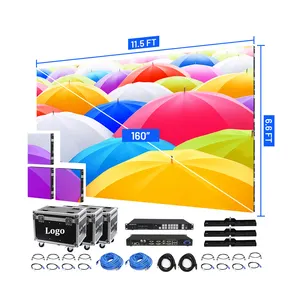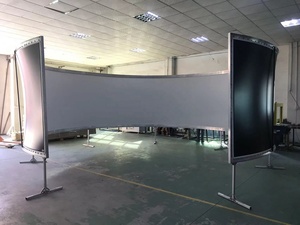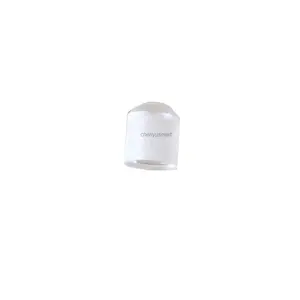












































































































































































































Top categories
About cylindrical projection
A cylindrical projection, also known as a cylinder projection, is a category of map projection that involves the transformation of the Earth's surface onto a cylindrical surface. This results in a map that displays the Earth's surface as if it were wrapped around a cylinder. The cylindrical projection is a common method for creating maps, with various subtypes such as the Miller cylindrical and equirectangular projections. The concept of a cylindrical map projection is used to create a two-dimensional representation of the Earth's surface. This map projection is based on the creation of a cylindrical surface, and the Earth's surface is projected onto this cylinder. The resulting map shows the Earth's surface as if it were wrapped around a cylinder.
Types of cylindrical projections
The equirectangular projection, also known as the equidistant cylindrical projection, is a simple cylindrical map projection that presents the Earth's surface in a rectangular form. It accurately represents the latitude and longitude as straight and perpendicular lines, with the equator as the standard parallel. The cylindrical map projection is used in a wide range of applications, including world maps, atlases, and navigation charts. It provides a straightforward representation of the Earth's surface, making it suitable for general-purpose maps. The equirectangular projection is often used for maps where the primary goal is to provide a basic representation of the world, such as in thematic maps, educational materials, and general reference maps.
Applications of cylindrical projections
The applications of cylindrical projections are diverse and include the creation of world maps, atlases, and thematic maps. Cylindrical projections are commonly used in cartography to produce maps for various purposes. They are also used in GIS (Geographic Information Systems) to visualize and analyze spatial data. The equirectangular projection is often used for world maps, as it provides a simple and familiar representation of the Earth's surface. The Miller cylindrical projection is a modified version of the cylindrical projection that reduces distortion towards the poles. It achieves this by compressing the polar regions, resulting in a map that is more visually appealing and suitable for thematic mapping. The Miller cylindrical projection is used in world maps and thematic mapping applications.
The choice of cylindrical projection depends on the specific requirements of the map and the level of distortion that is acceptable for the intended use. While the equirectangular projection provides a straightforward representation, it is associated with significant distortion, especially towards the poles. The Miller cylindrical projection, with its modified compression of the polar regions, offers a balance between distortion and visual appeal, making it suitable for thematic mapping applications and world maps. Understanding the characteristics and applications of different cylindrical projections enables cartographers and GIS professionals to select the most appropriate projection for their specific mapping needs.




















































